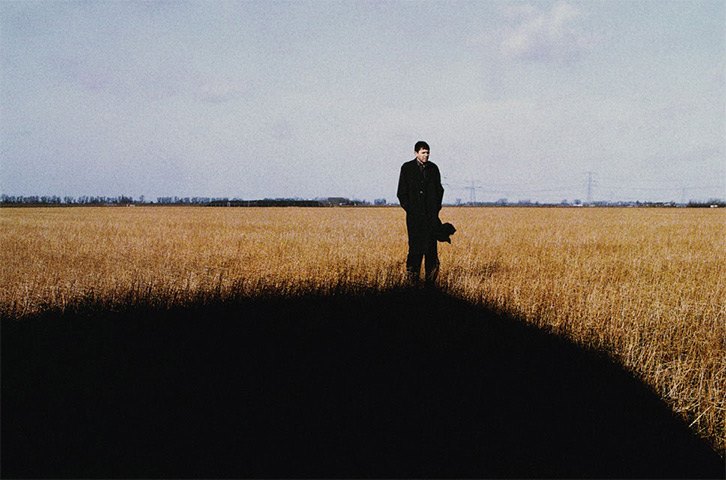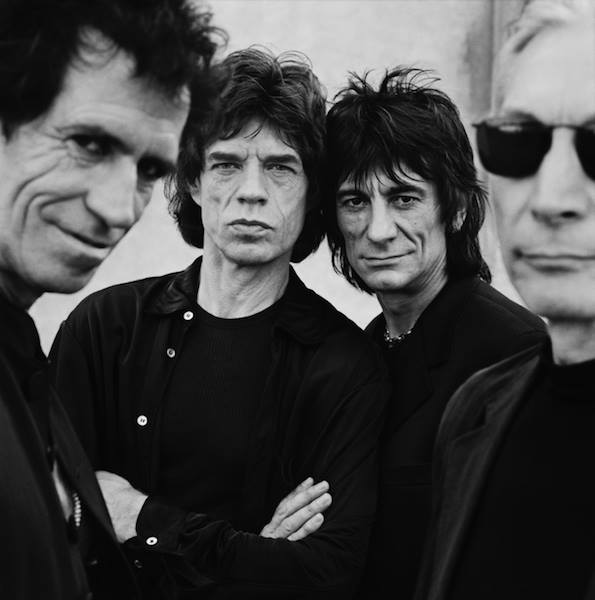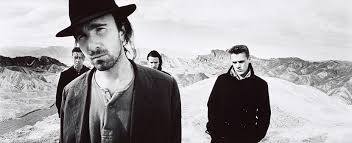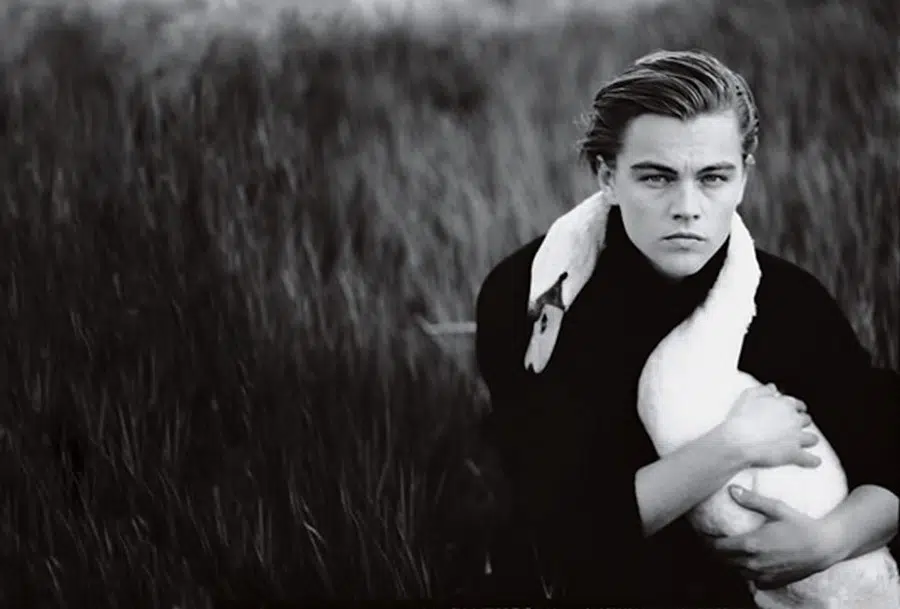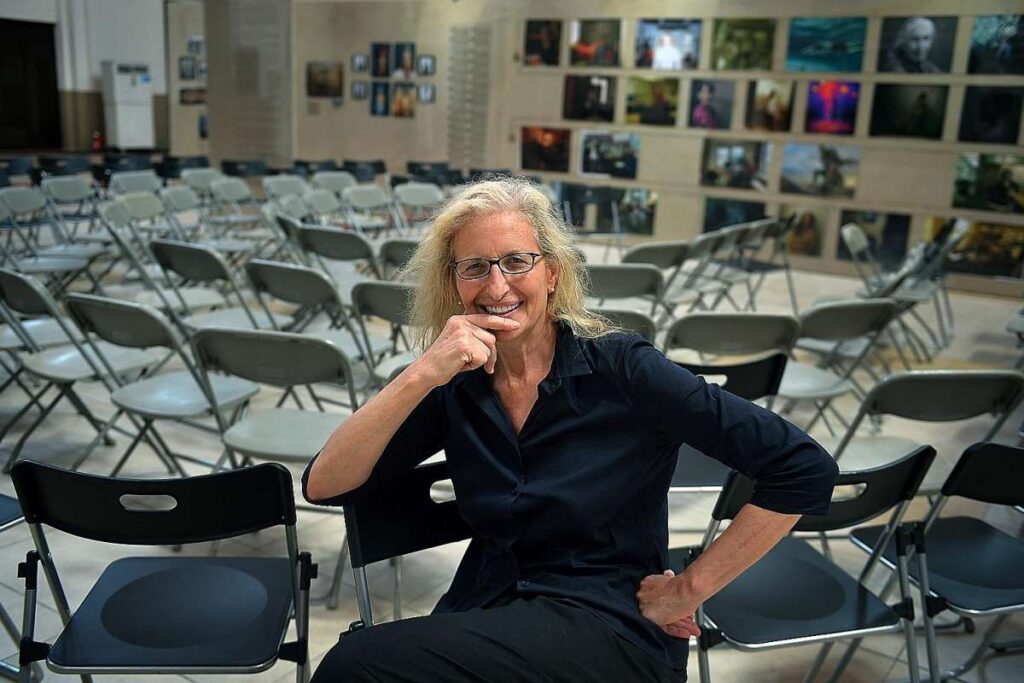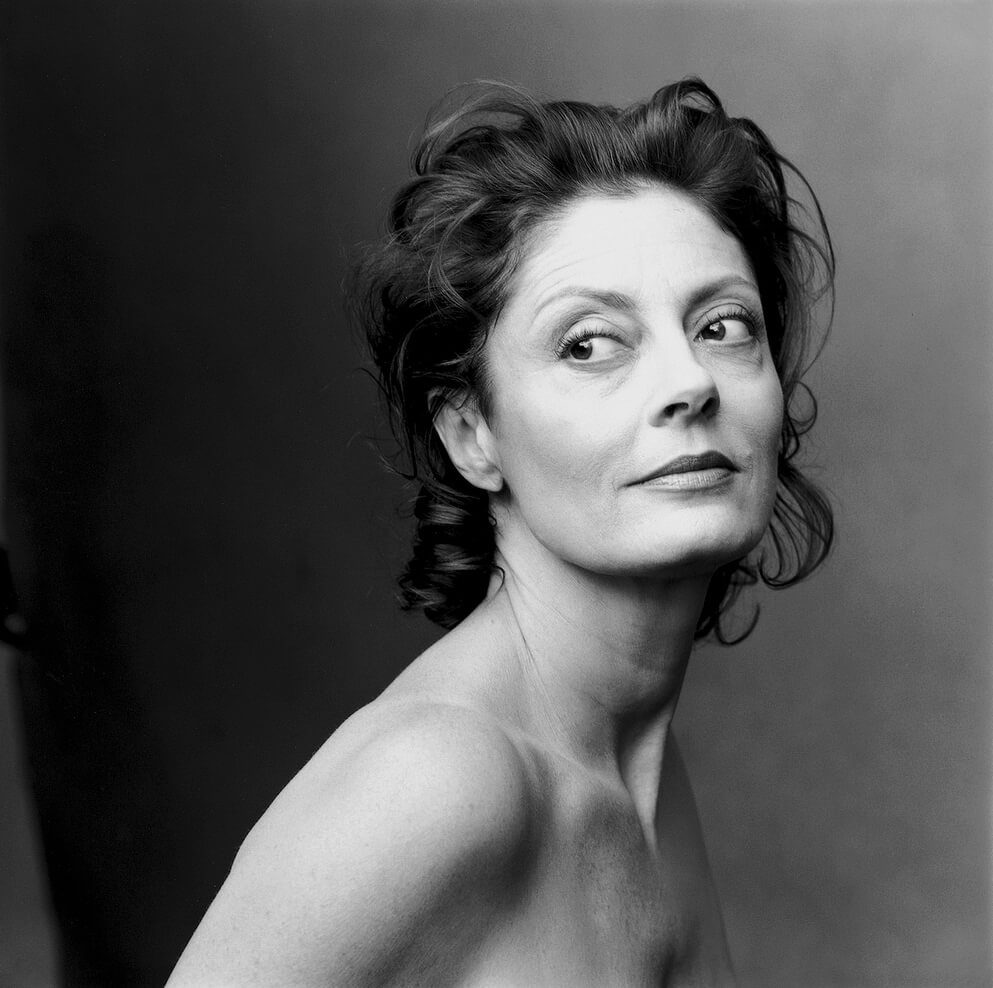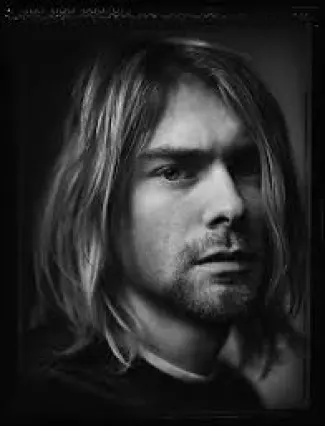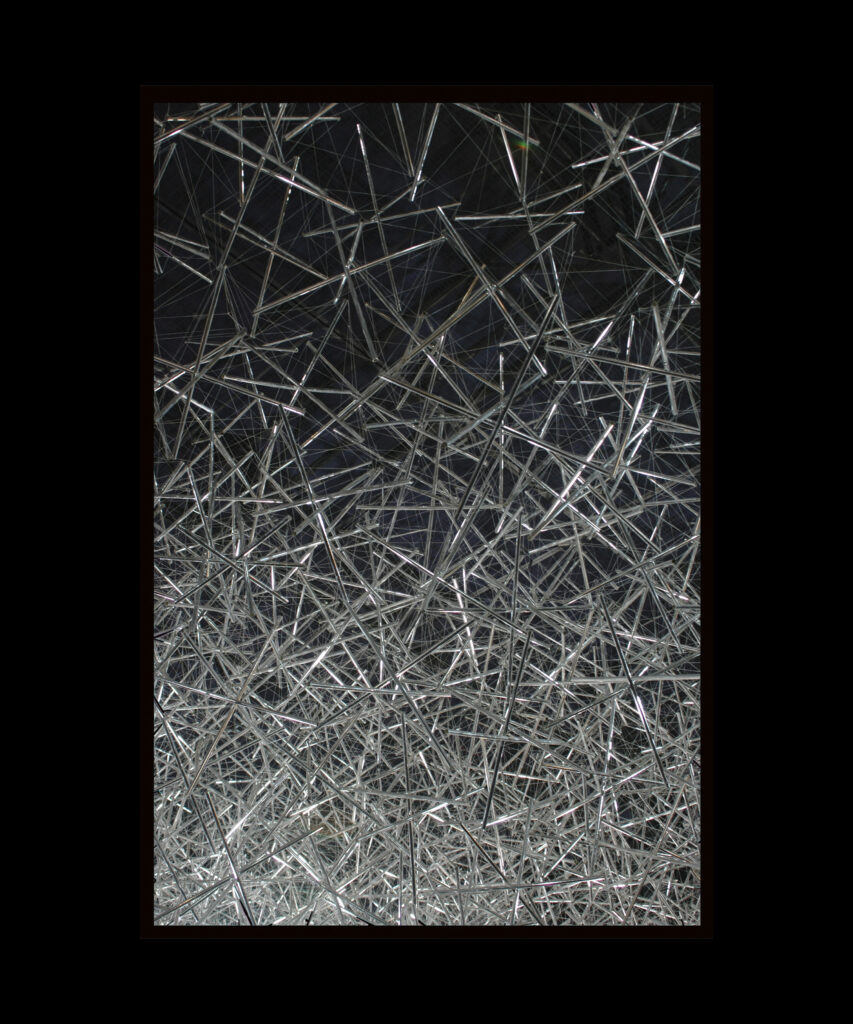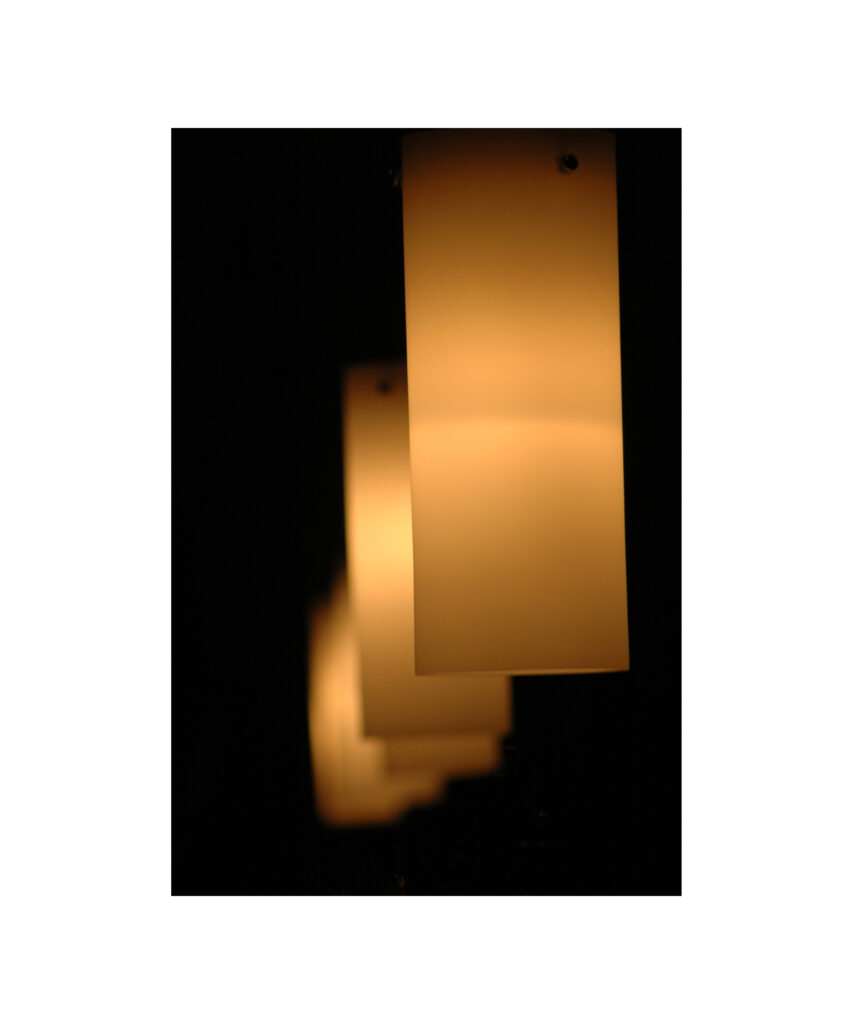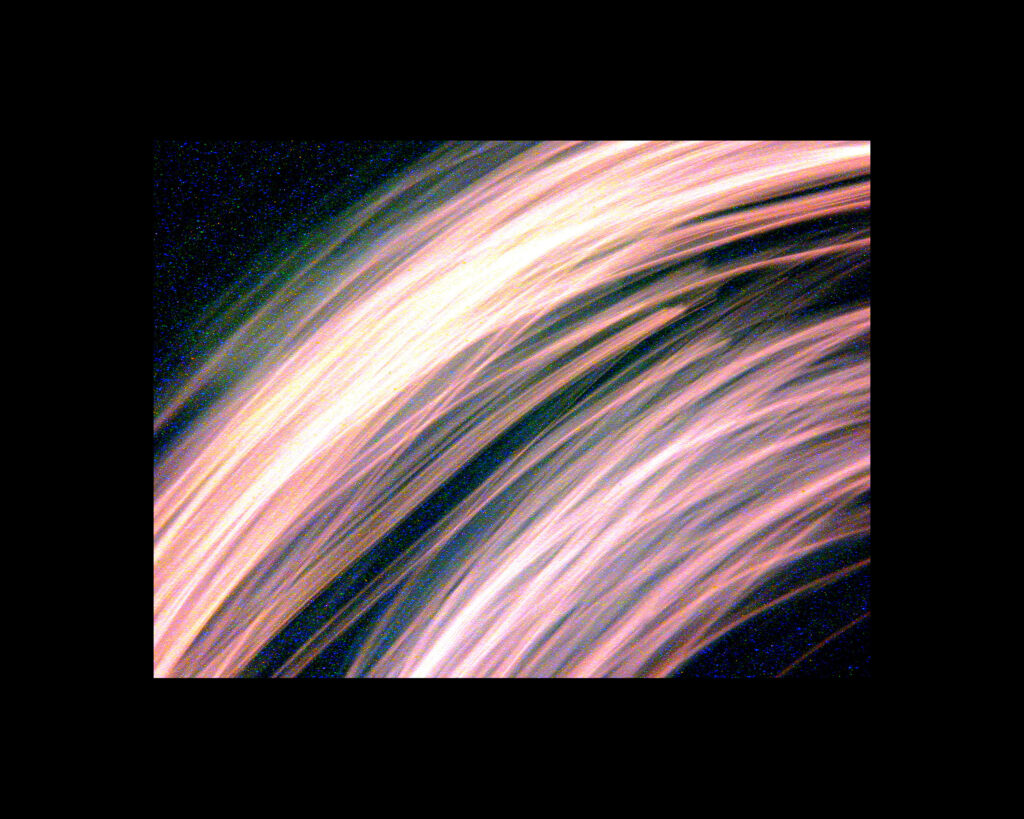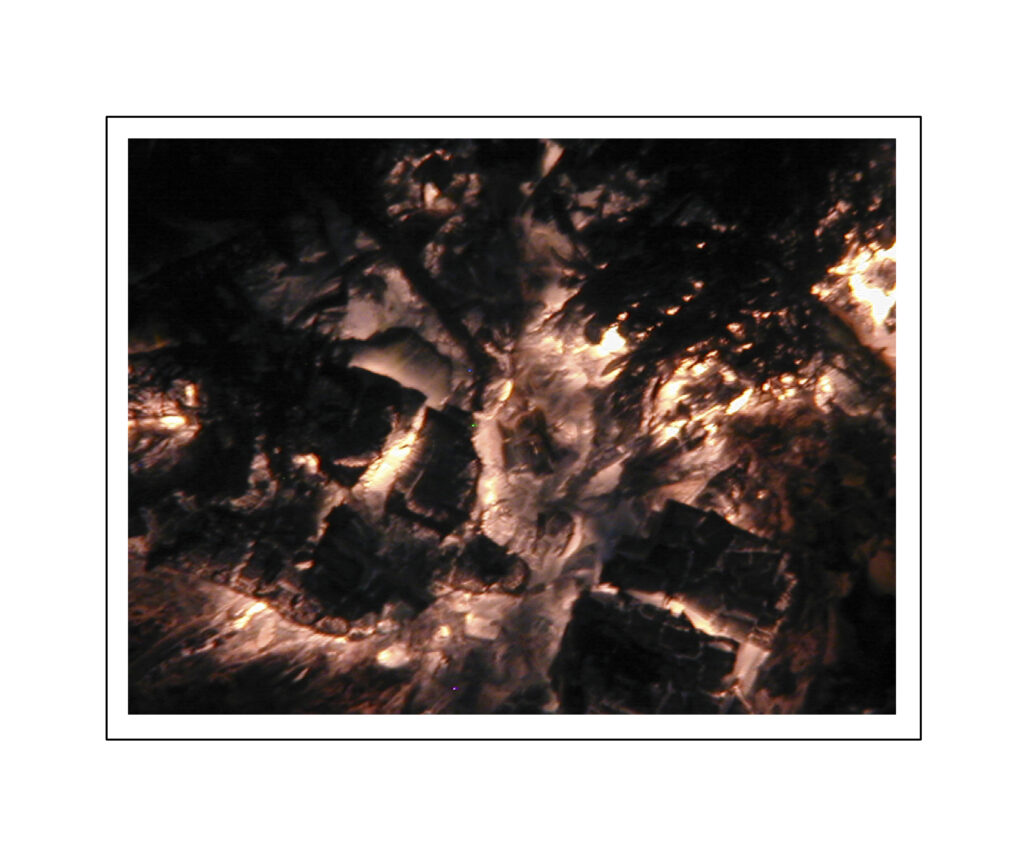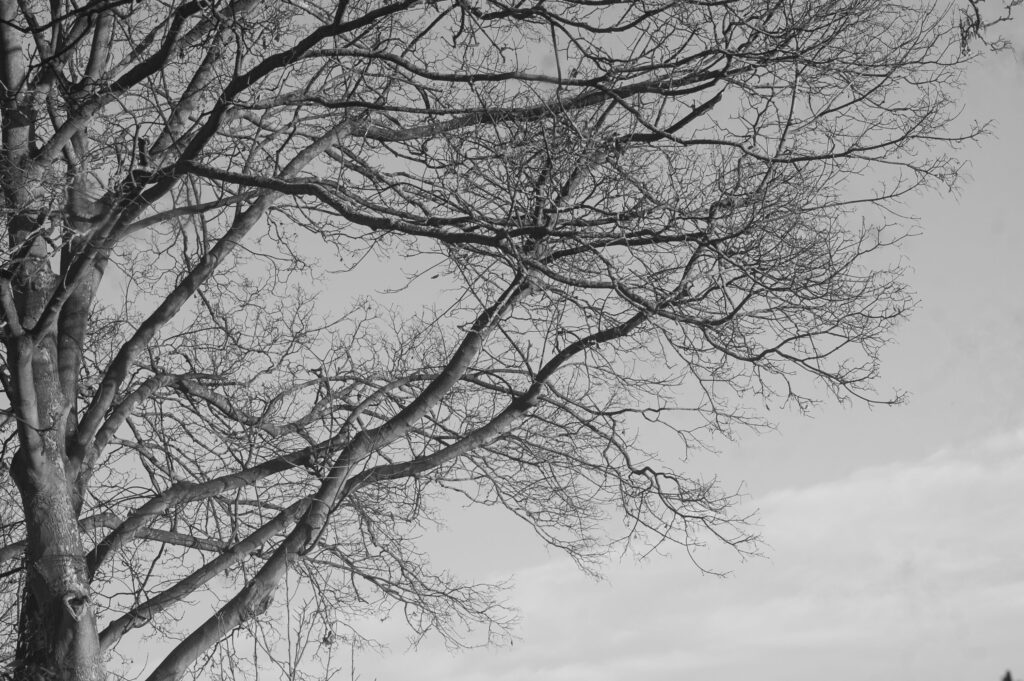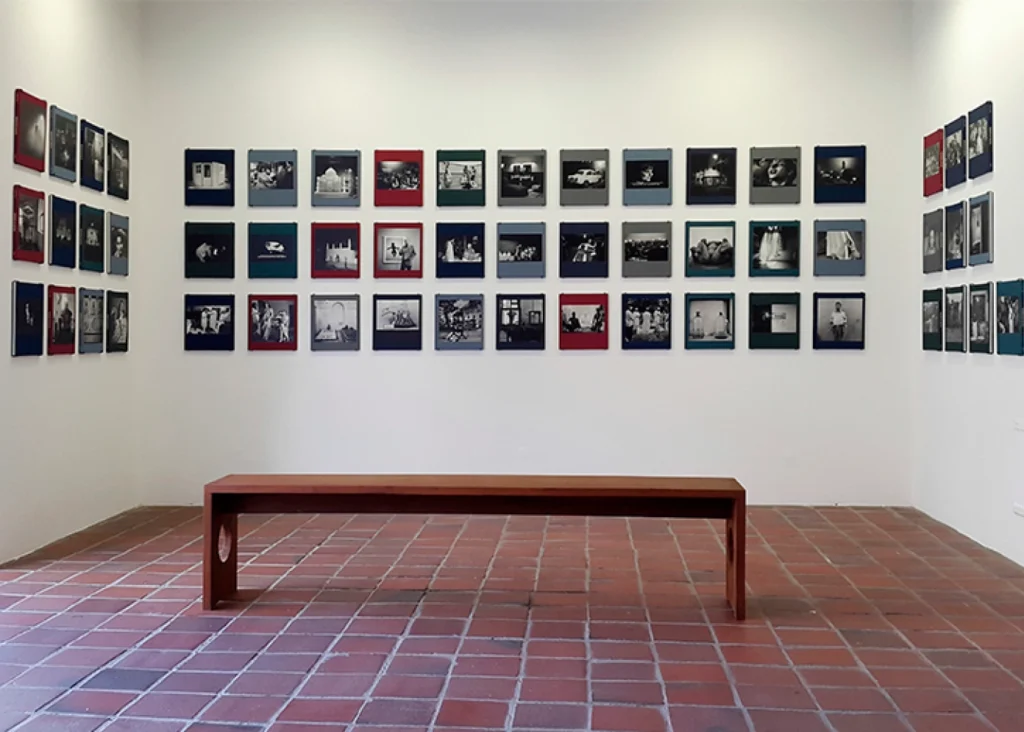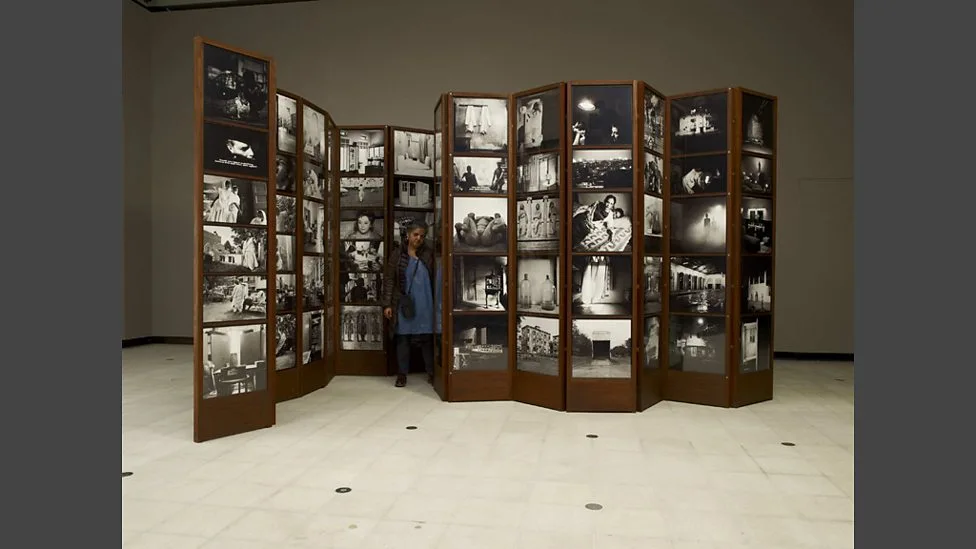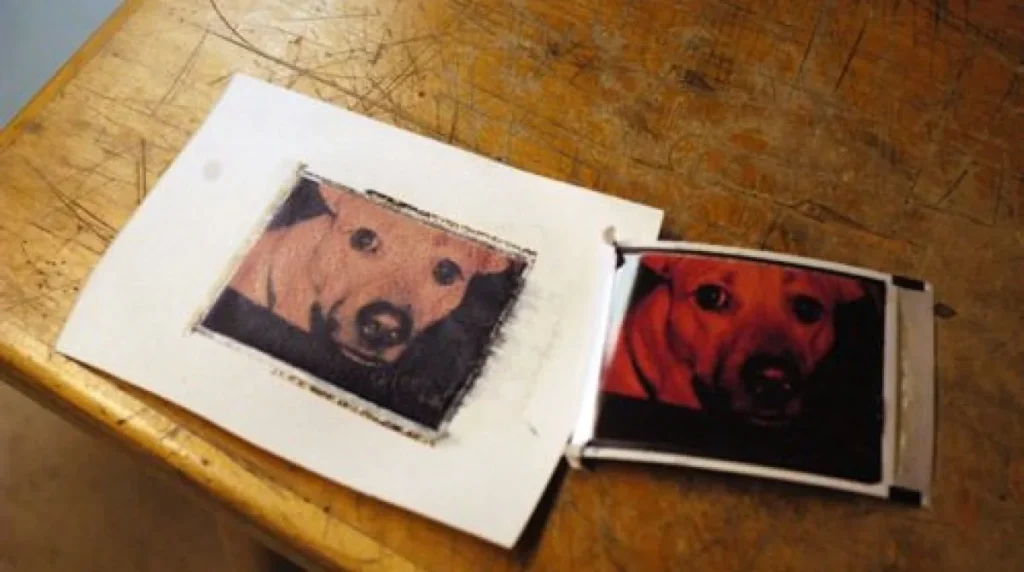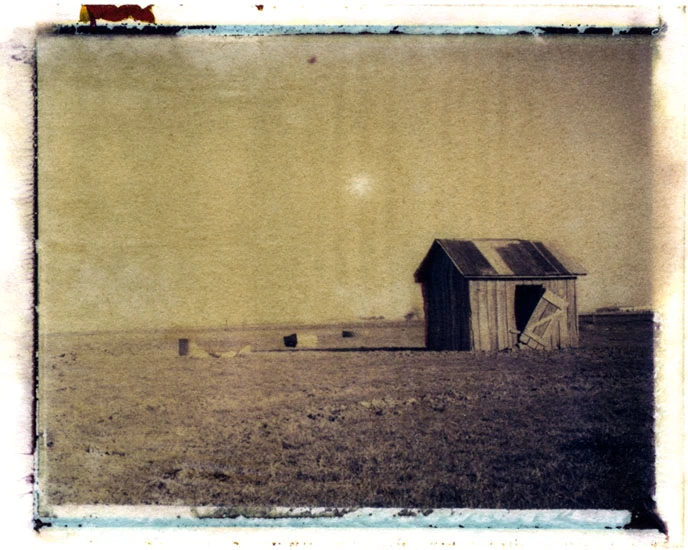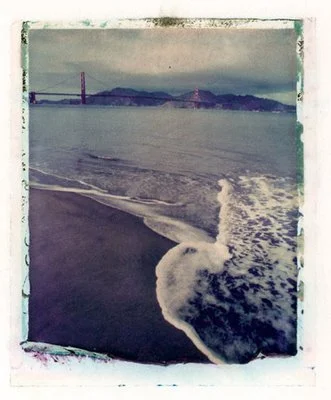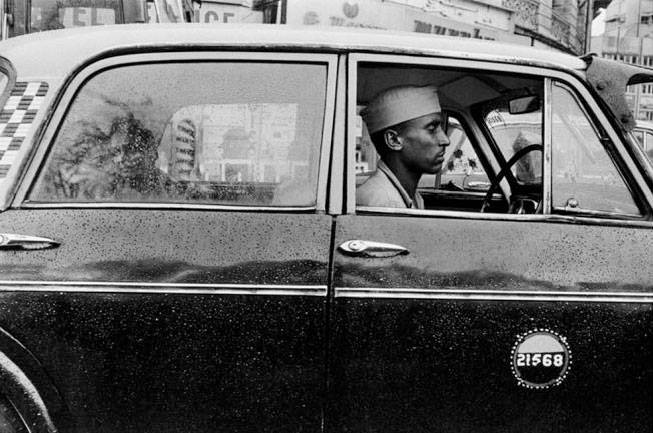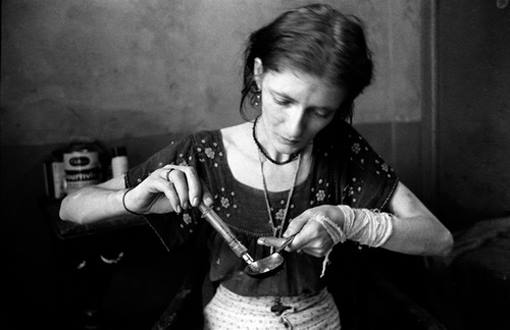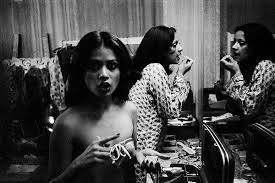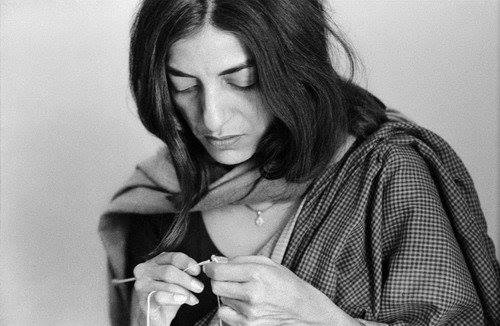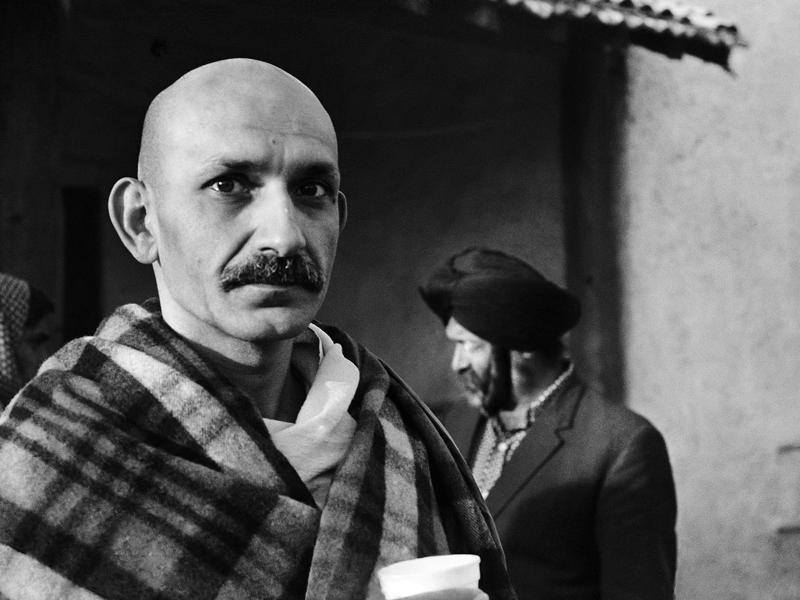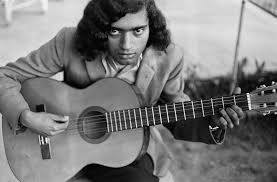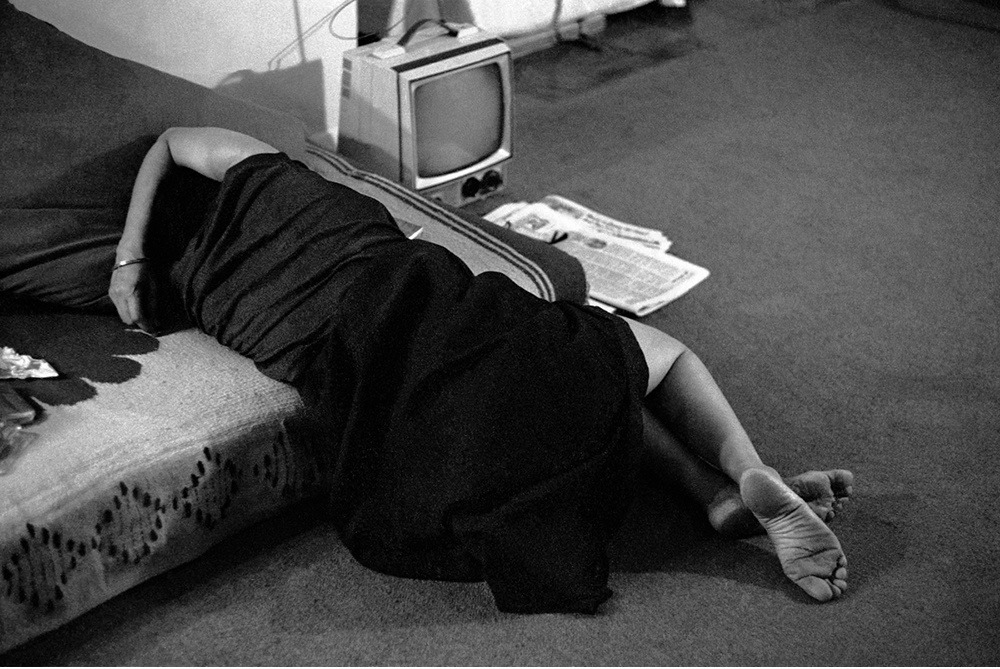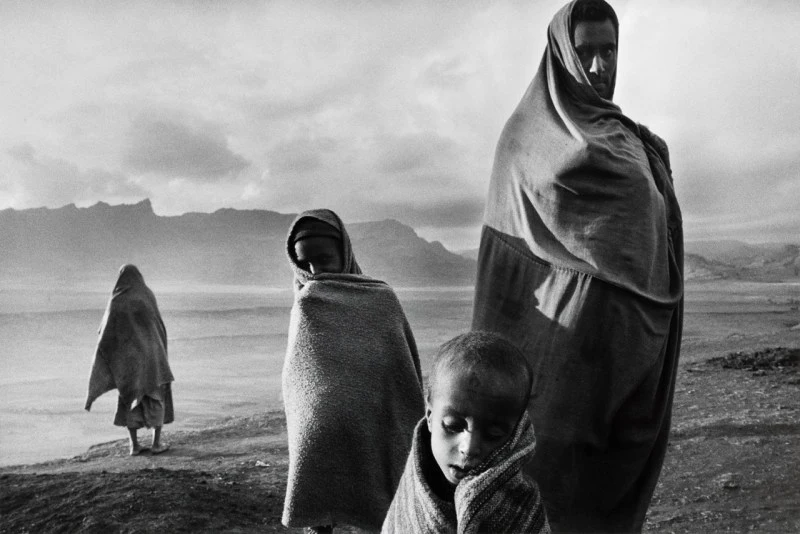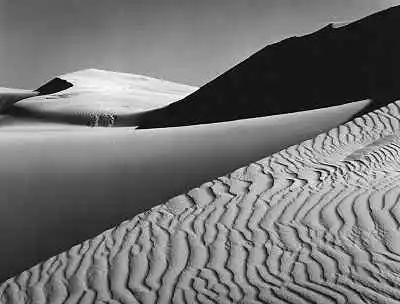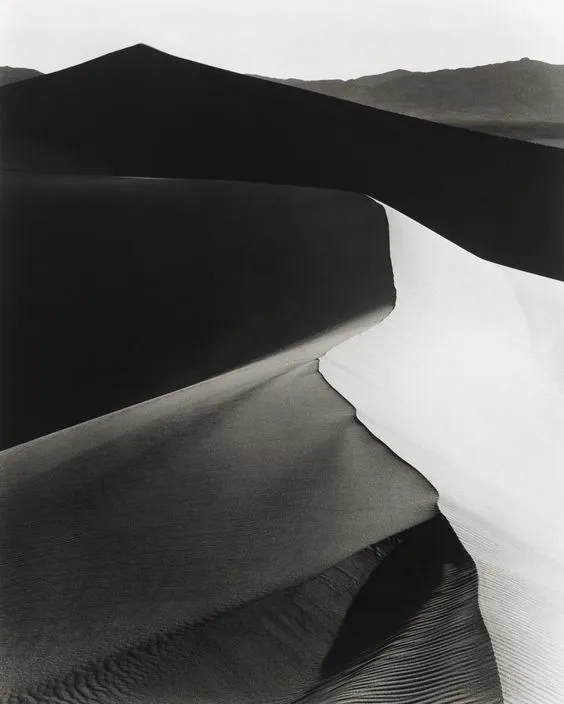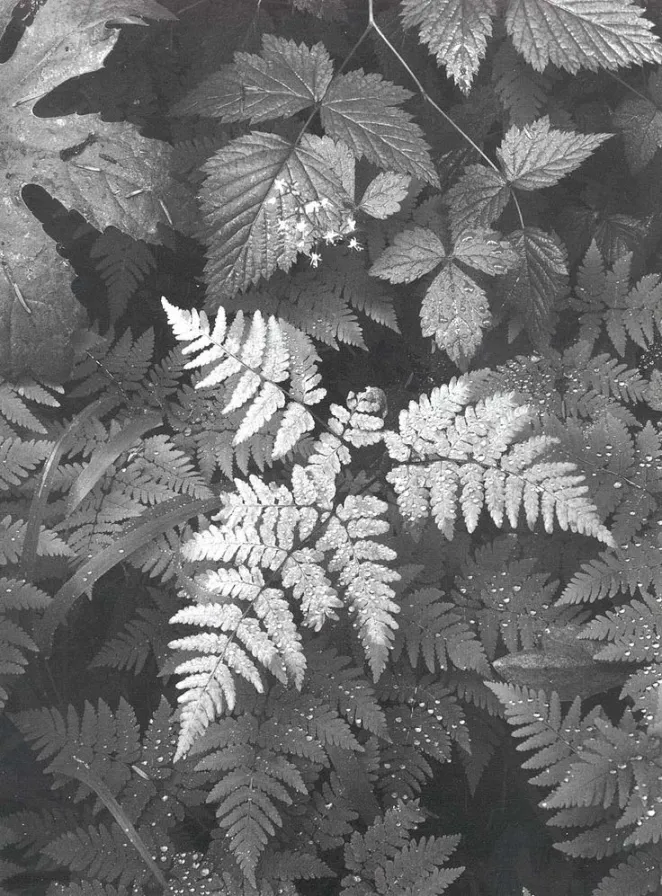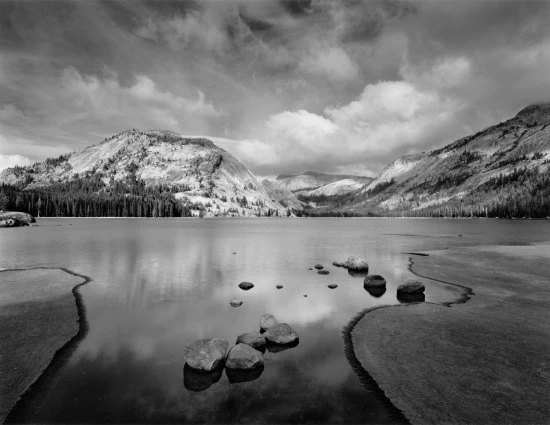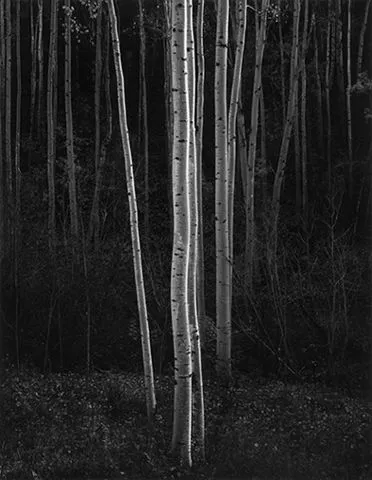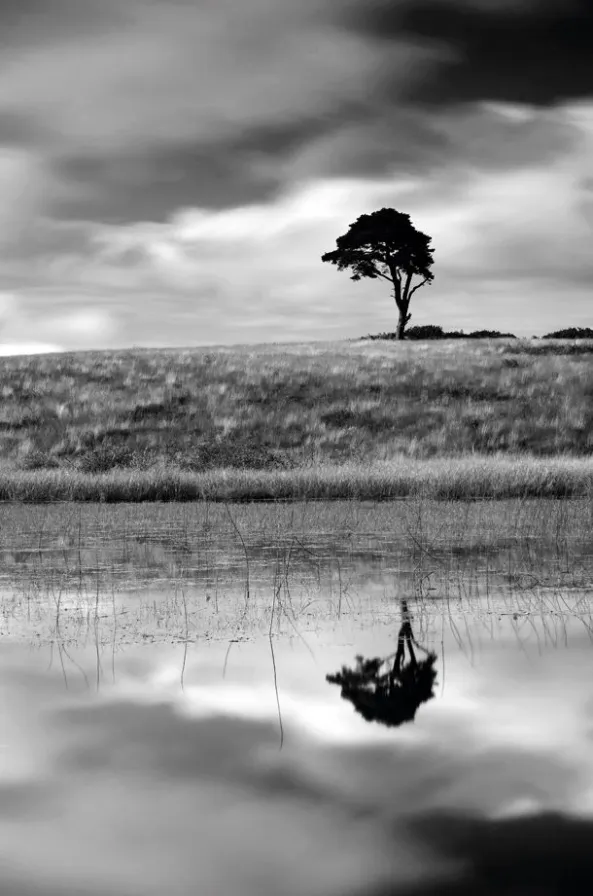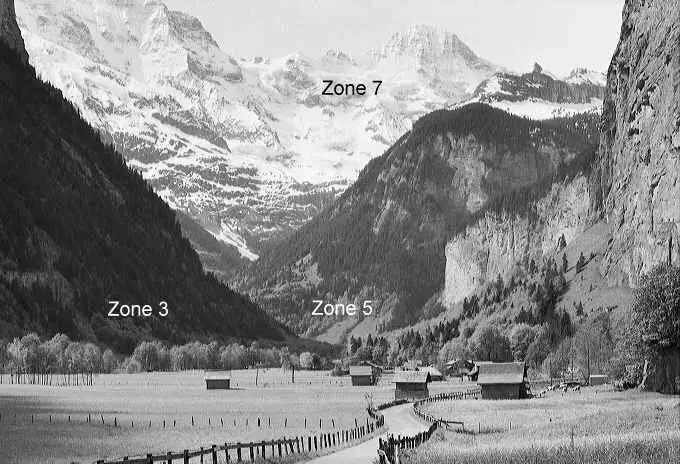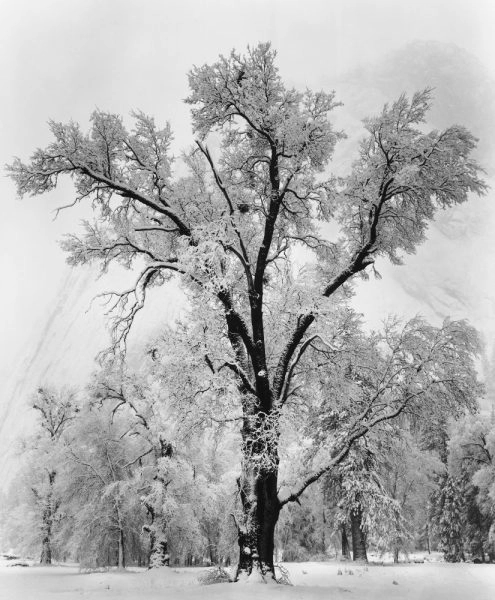Our Photo Feature for this week is on celebrated photographer and music video maker Anton Corbijn, best known for his work with U2.
I would like to share about watching Anton Corbijn shape the image of U2 and many other artists over many decades. Having looked at his work specifically his time spent with U2, I am inspired to say the least.
Anton Corbijn, a Dutch photographer, is best known for his work as a photographer, music video director and film director. In Corbijn’s career there has been one constant: the band U2, and their collaboration over thirty years. “It was Anton Corbijn who “invented” U2’s public image and he is still shaping it.”
“Anton Corbijn is very interested in pushing the boundaries in respect to the media he works in. He has been working in film and video with some of the musicians he photographed and was in 1983 one of the first photographers to direct music videos. He has since made approximately 80 music videos; for among others U2, Johnny Cash, Arcade Fire, Depeche Mode, Nirvana, Metallica, Nick Cave, Coldplay and The Killers.”
The origin of these Photo Features comes from the initial idea for a stock
photo agency called PhotoWoto. The project didn’t start because of the
pandemic. However, the blog has been kept alive and has morphed into a written
and aesthetic journey into still photography!
I’ve also attached a pic of The Rolling Stones.
References:
https://www.worldpressphoto.org/people/anton-corbijn
https://en.wikipedia.org/wiki/Anton_Corbijn

